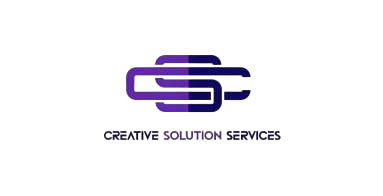The Complete Manual of Website Design: Essential Components and Patterns
A strong online presence may be achieved by both individuals and corporations with the help of a well-designed website. To produce a smooth digital connection, website design incorporates more than just looks; it also includes responsiveness, functionality, and user experience. Understanding important components and current trends will help you develop a compelling website, whether you’re designing a brand-new website or redesigning an old one.
Essential Components of a Successful Website Design
- Easy-to-use Navigation
A
website design should have an intuitive menu structure and be simple to use. It should be easy and quick for users to locate the information they require.
- Responsiveness on Mobile
Since mobile devices are used by most internet users to visit websites, responsive design makes sure that users have a smooth experience on all screen sizes.
- Quick Loading Time
A sluggish website may turn off users. Loading times can be greatly reduced by employing caching strategies, effective coding, and image optimization.
- Captivating Graphic Design
The brand’s identity should be reflected in color schemes, typography, and images while maintaining readability and visual appeal.
- Search Engine Optimization (SEO)
Search engine rankings and exposure are increased by an SEO-friendly website structure, which includes appropriate HTML tags, keyword optimization, and quick load times.
- Powerful CTA (Call to Action)
A strategically positioned call to action (CTA) directs users to do desired tasks, such as registering, purchasing something, or getting in touch with the company.
- Safe and Dependable Web Hosting
While dependable hosting enhances performance and uptime, a secure website with SSL encryption guarantees data safety and fosters user trust.
Current Trends in Website Design for 2025
- UI in Dark Mode
Dark mode improves contemporary aesthetics, lessens eye strain, and is aesthetically pleasing.
- Designing with Minimalism
A clear and distraction-free user experience is produced by a simple design with lots of white space.
- Animations and Micro-Interactions
Users are engaged and the navigation flow is enhanced by subtle animations and interactive features.
- Chatbots Driven by AI
Chatbots improve customer service by offering prompt assistance and responses.
- Vibrant Fonts
Large, imaginative typefaces enhance readability and add individuality.
- Immersive Scrolling Effects
Parallax scrolling, dynamic transitions, and interactive scroll-based animations create an engaging user experience and keep visitors exploring the site longer.
In Conclusion
Designing a website requires both technical know-how and creativity. Businesses may build websites that draw in, hold the attention of, and convert visitors by concentrating on user experience, functionality, and contemporary design trends. Long-term success in the digital realm requires investing in a website that is both aesthetically pleasing and well-structured.



